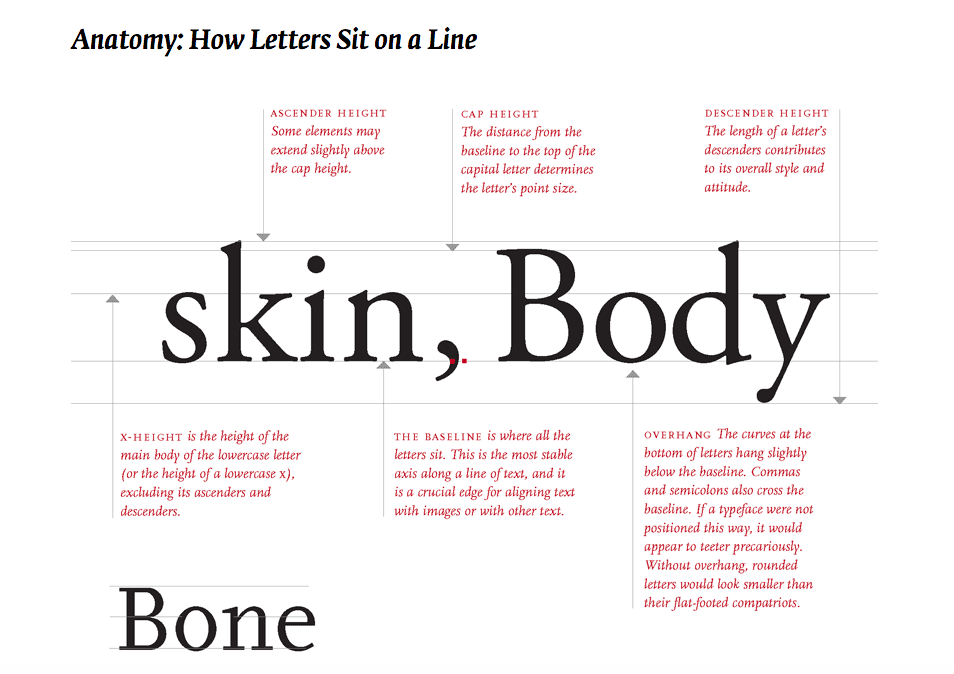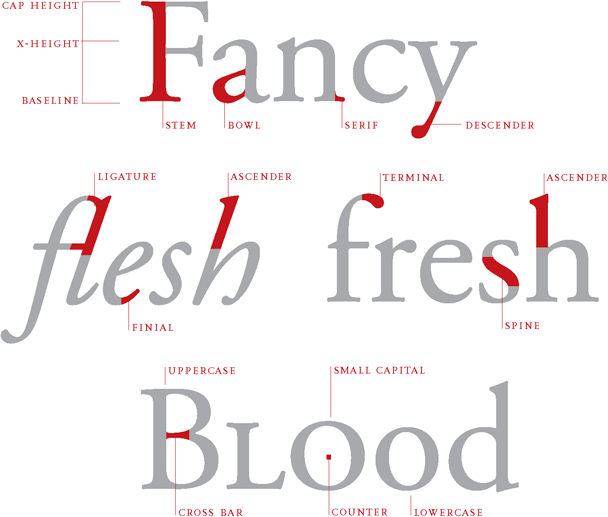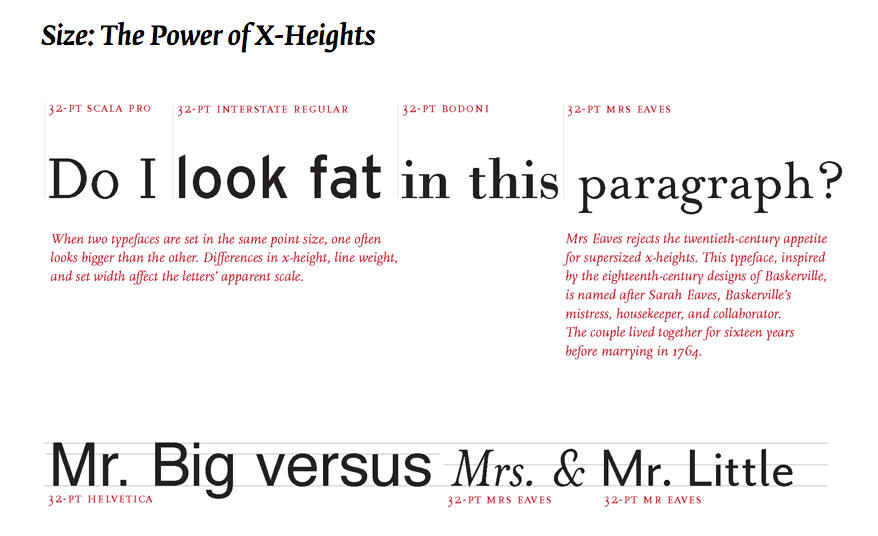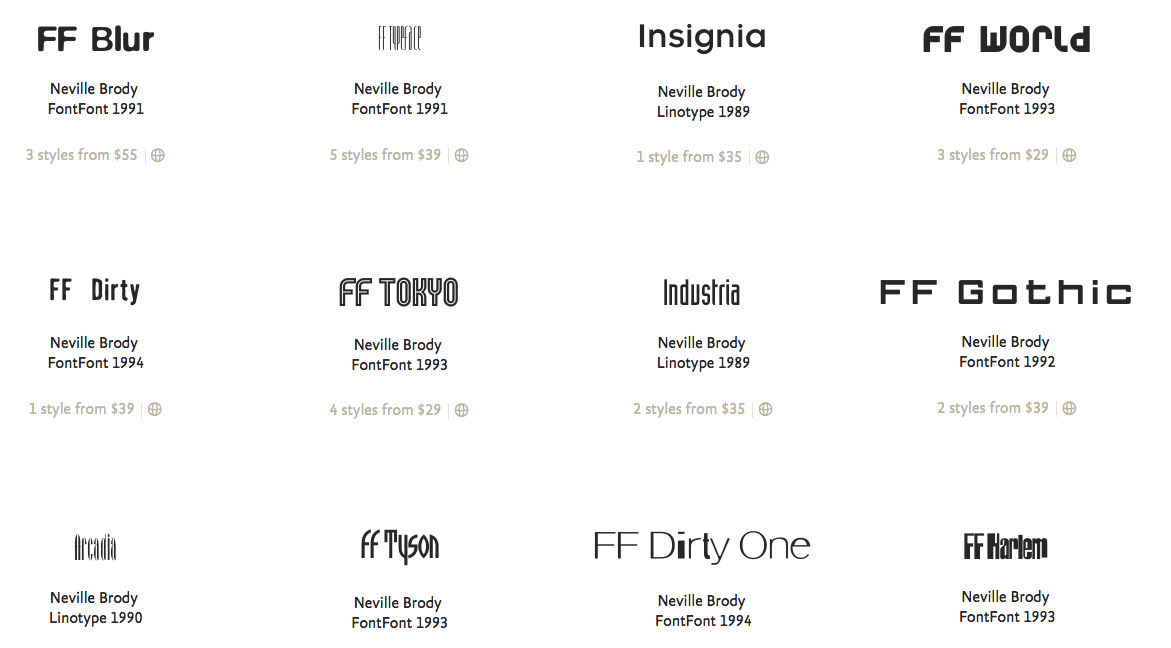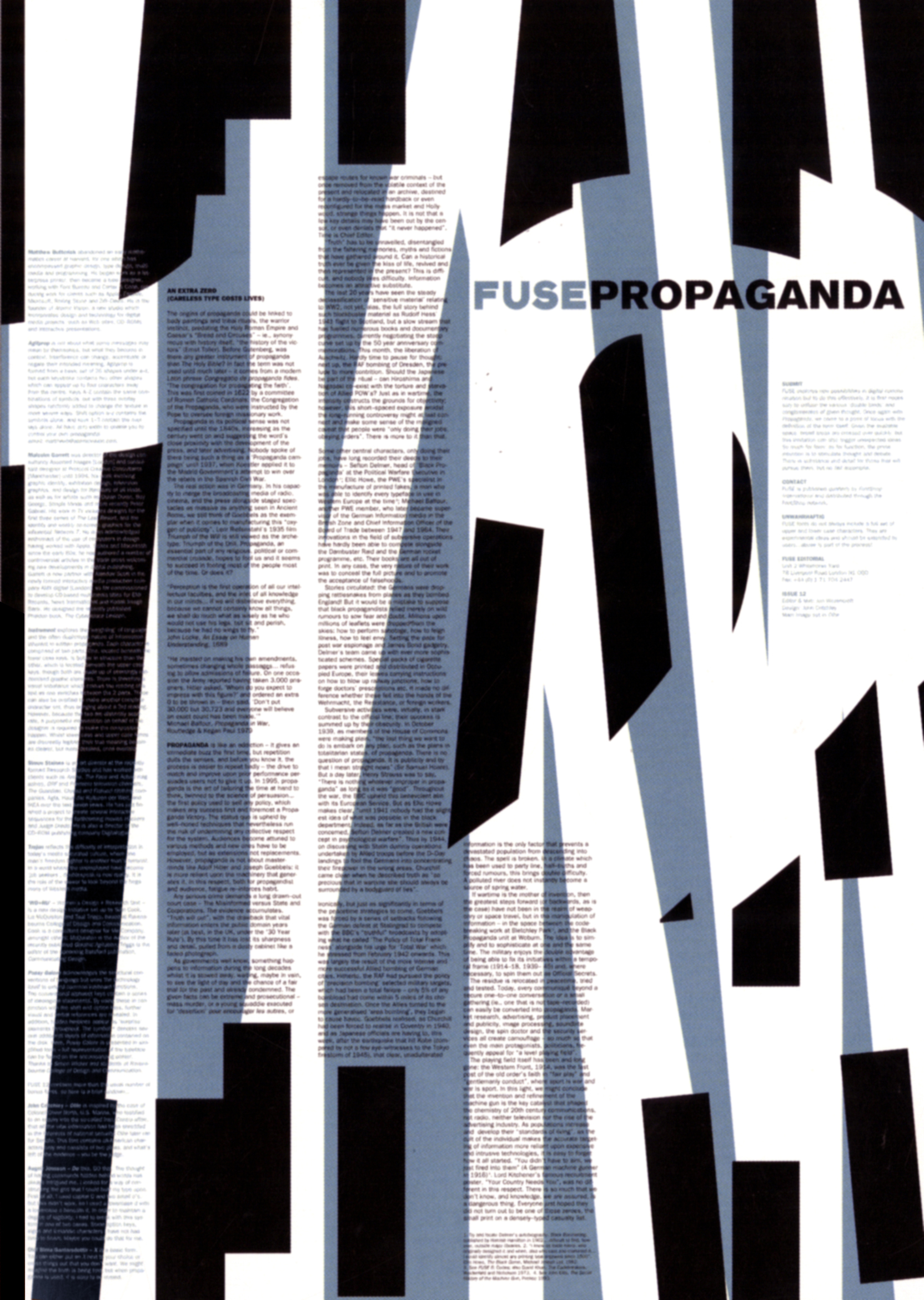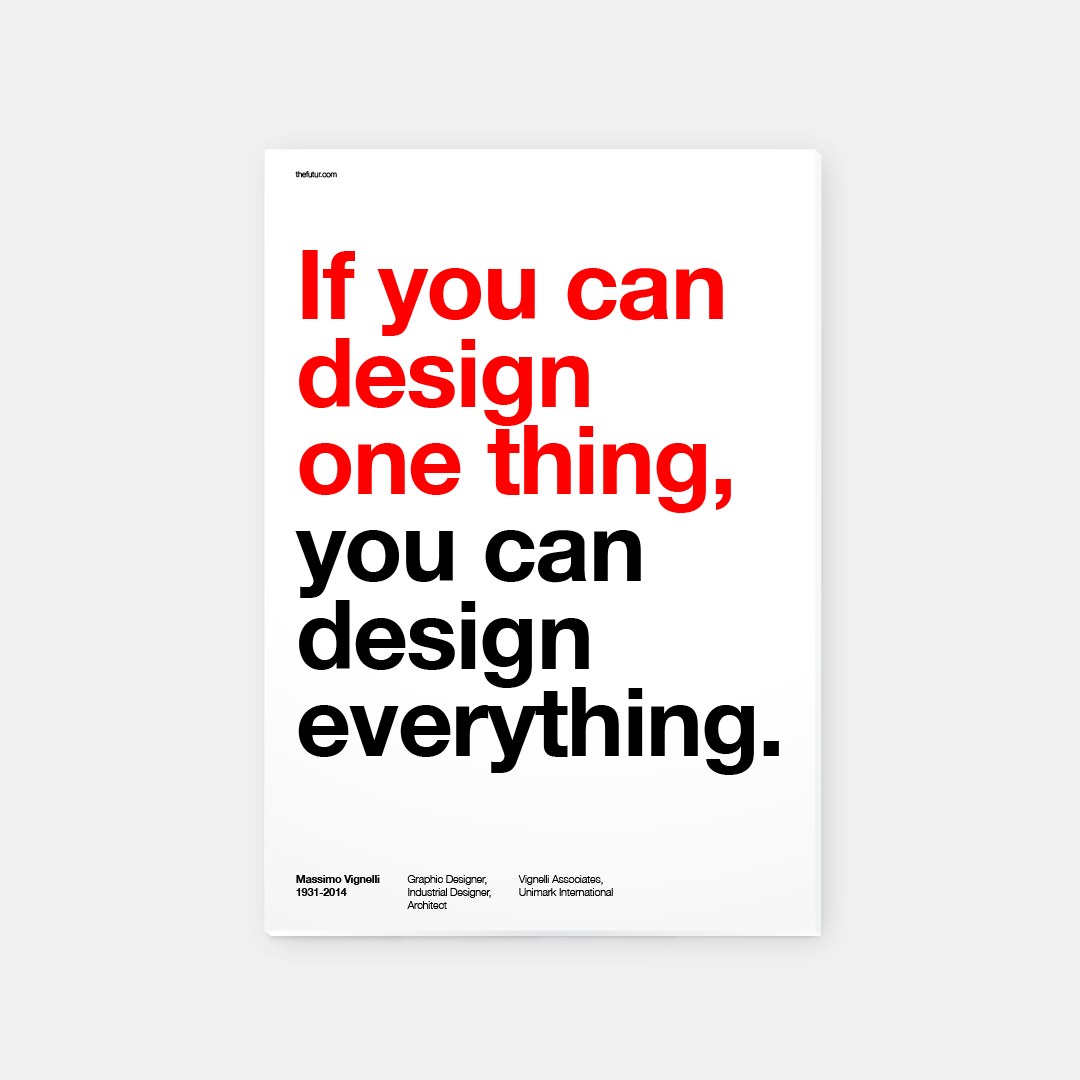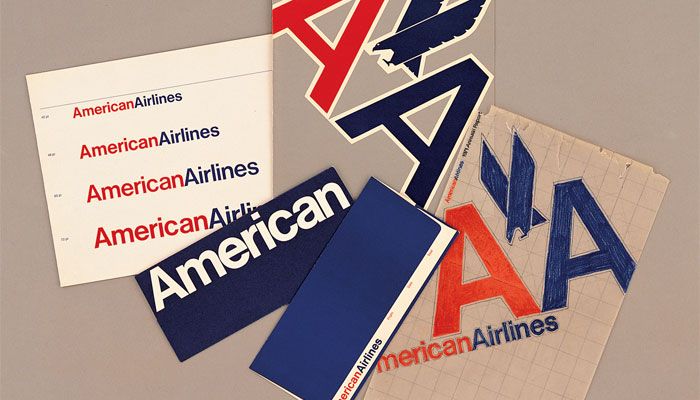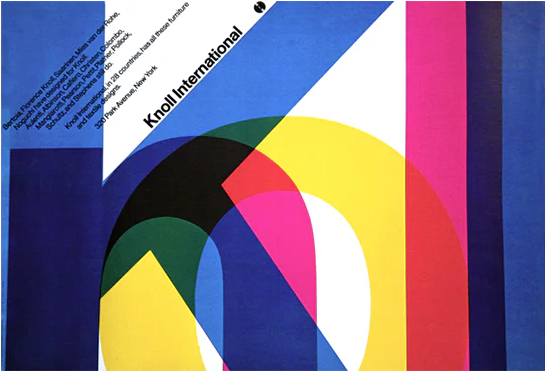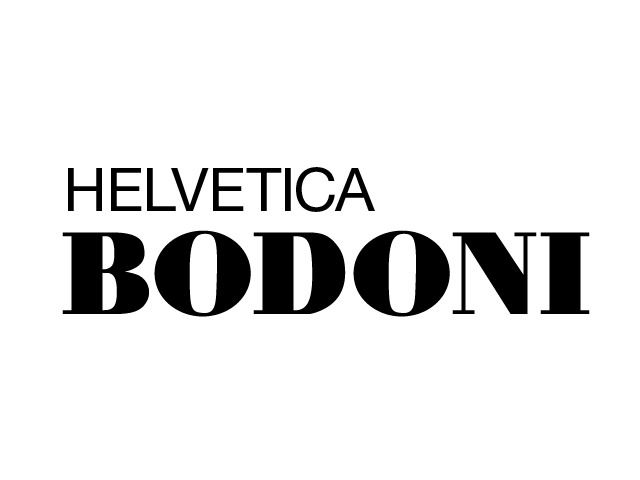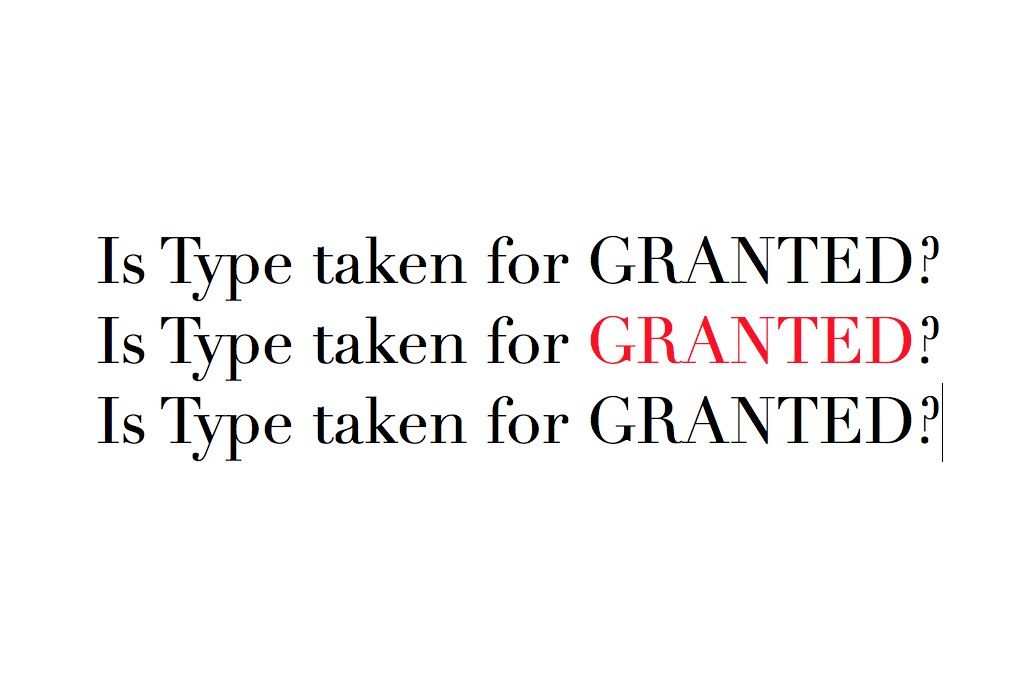Just like our human body, letters too have anatomies to learn!
However, not only the anatomy, typefaces and letters have more than that; such as: How letters sit on a line? The height and size. Scaling. Variation of typeface. Classification. Families and the list goes on!
After listening to Lisa’s lectures in class, it made me absorb and understand this reading much easier. Choosing the right typeface and font is not easy, it all has factors to consider such as the context and the importance of the type. For example, the power of x-height of a typeface affects its apparent size, space efficiency and the overall visual impact. Typefaces with small x-heights evokes a delicate and lyrical charm, while a huge x-height, like Helvetica can look elegant yet bulky and bland.
Typefaces and fonts also plays with legibility and readability. Optical sizes do matter. Graphic designers selects a style based on context. Optical sizes designed for headlines or display tend to have delicate, lyrical forms, while styles created for text and captions are built with heavier strokes, such as the example below.
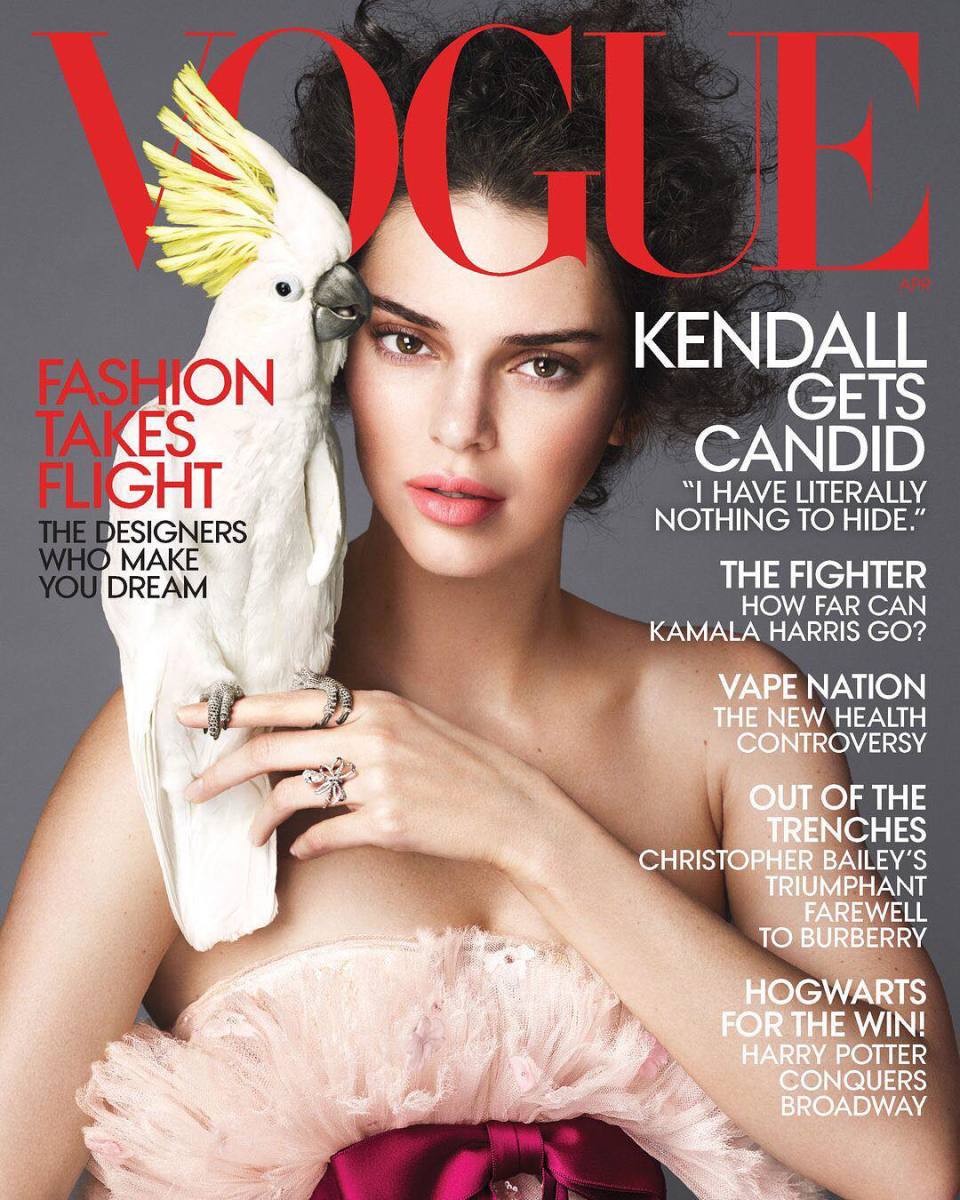
However, the VOGUE magazine shown above used ALL CAPS for their cover lines which made the readability harder. Usually a block of CAPS text looks big and bulky, AND QUITE HARD TO DIFFERENTIATE IN TEXT SUCH AS THE EXAMPLE ABOVE (usually it also may appear as someone SHOUTING or SHOVING INFORMATION to your face).
Small capitals are designed to match the x-height of lowercase letters. Many designers prefer to use all small caps as it creates an aesthetically clean line with no ascending elements.
Thus this leads to the importance of curating a symphony of typefaces. With the constancy yet vibrant beats and notes, which gives coherency and beauty. Designers play with the contrast in scale and weight, the coherence of a san-serif with a serif. This teaches us how the properties of a typeface and the pairing of different typefaces can establish a good visual impact. It allows the type to portray the whole image to the readers just by choosing a typeface, a type classification and adjusting the weight, scale and size.
References:
http://thinkingwithtype.com/letter/
https://fashionista.com/2018/03/kendall-jenner-vogue-april-2018-cover
